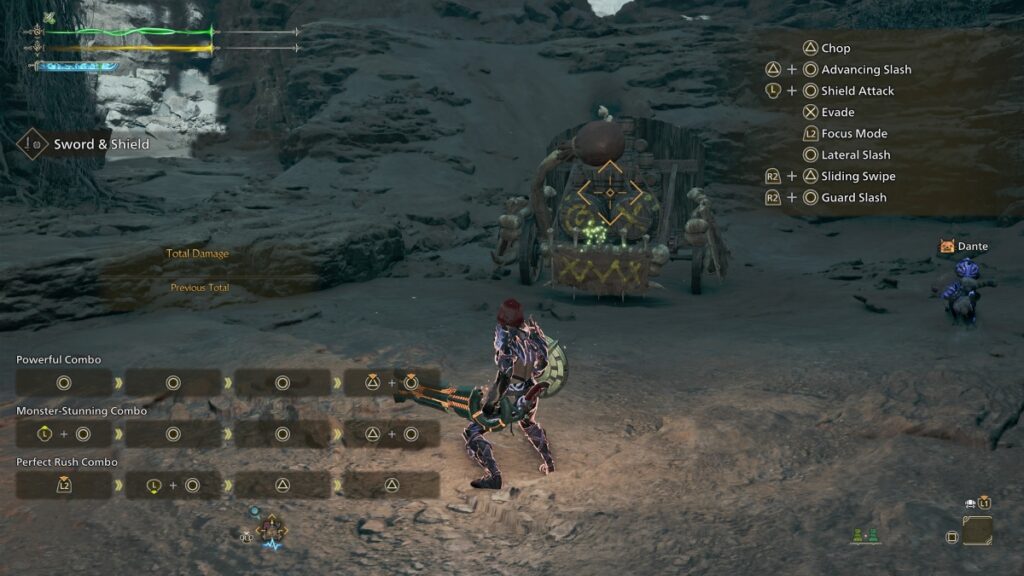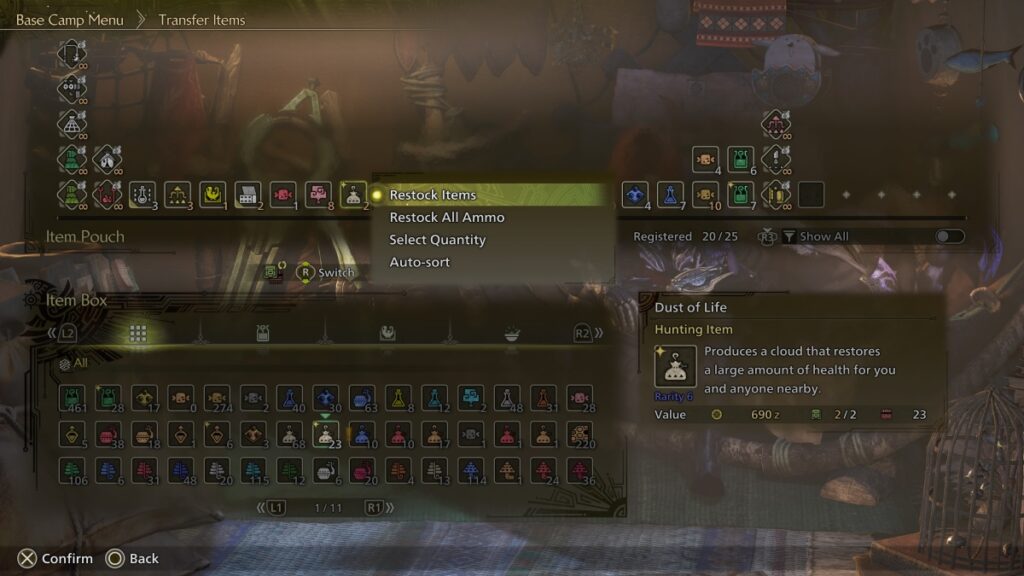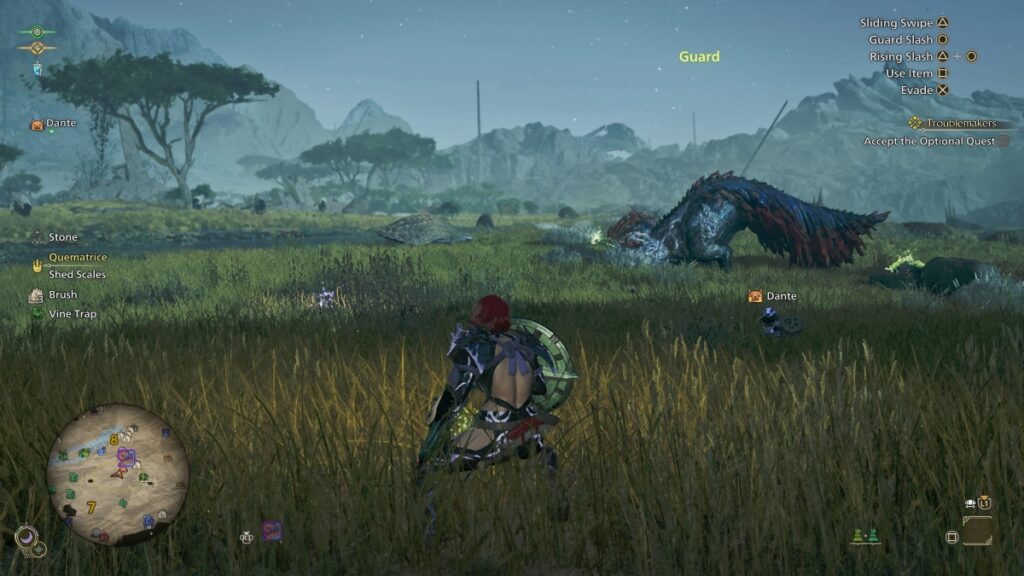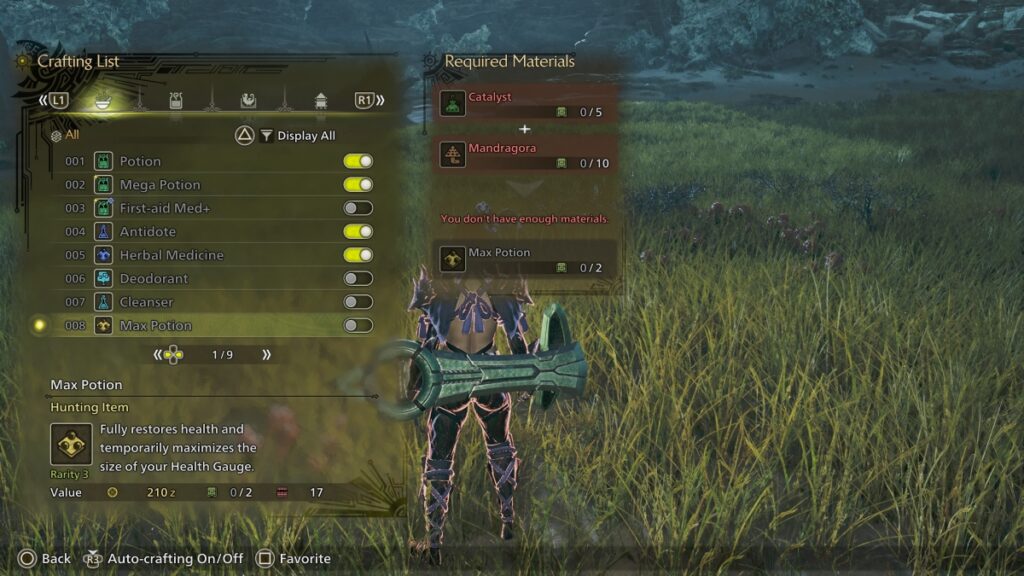The wilderness is unforgiving even when it isn’t trying to eat you. Understand it, however, and you can achieve harmony. Monster Hunter Wilds can be fun even when you’re a newcomer. Stumbling off the beaten-path into some forgotten forest glade, then getting decimated by the beasties that live there? Those clumsy, funny, unexpected moments are part of what makes being a hunter in MH great. Still, a few helpful tips can minimize the game’s frustrating elements while getting the most out of what makes it fun. Growing as a hunter is a learning process, but it doesn’t have to be a painful one. Leave the pain to Rathalos. Here are some key beginner tips for Monster Hunter Wilds.
Train Your Brain

Swapping weapons in Monster Hunter is like swapping characters in a fighting game: everything about your playstyle may need to change. Getting used to the Bow or Hunting Horn won’t prepare you for the Long Sword or Dual Blades and vice versa. Although you won’t find as many combos here as you would in Street Fighter, there are still plenty to learn. Nothing’s stopping you from doing that on the field of battle, but that’s a quick ticket to Knockout City. While other beginner tips for Monster Hunter Wilds focus on avoiding frustrating and enhancing fun, this one’s about survival.
Instead of learning your weapon one painful lesson at a time (*cough* Rathalos *cough*), use the training area. Yes, it gives off tutorial vibes, but don’t let impatiance rush you. Taking the time to learn at least the basics of timing, positioning, and damage with your new weapon will save you a ton of wasted energy. You can always refine your technique during hunts, where it’s more exciting. Unless you’re eager to make things harder on yourself, however, give the training area a visit first.
Restock Those Rations

While your weapon and armor may be the stars of the show, they’re far from the only important gear. Another crucial part of your loadout? Rations. Never leave without Rations. They, along with Well-Done Stakes, are necessary to keep your stamina full. Nothing feels quite as bad as realizing “I should’ve just bought the Rations” at the precise moment that some mutant dragon thing bounces you off the wall of its cave. When you’re in the thick of battle, it’s too late, so stock up early.
Thankfully, Monster Hunter Wilds makes topping off your Rations easy. That’s thanks to the convenient “Restock Items” button located above “Restock All Ammo” in the Camp Menu. Stamina management is crucial to your success, especially when playing solo or taking on more difficult beasts. You don’t need to fixate on min-maxing your stamina at all times, but there’s no reason not to prepare the basics. Equipped with enough Rations, you’ll have the energy for even the thorniest hunts.
Put Up Your Guard!

Combat in Wilds is arguably more forgiving than in other MH games, but there’s still plenty of challenge to be found. Getting clawed, burned, blasted, gored, smashed, swatted, and otherwise pummeled by an endless variety of monsters? That’s just your average Friday. While experienced players can anticipate and dodge telegraphed attacks, it’s harder for newcomers. Sure, you could just turtle up with tanky armor or retreat to the backline with a Bow, but there’s another option. Put up your guard.
Not every weapon can guard, but some (such as the Sword and Shield or Gunlance) can. Wilds includes counters as well as power clashes, helping out those who miss more conventional blocking mechanics from other games. Drawing aggro and tanking for others is most important in co-op, but even when playing solo, busting out a shield is often the move. The toughest monsters in Wilds hit hard, and getting one- or two-shotted can happen. The ability to whip out a shield at a moment’s notice? That’s priceless.
Auto-Craft Everything

Even if you enjoy crafting, the crafting process in Monster Hunter Wilds can be a lot. Resources are a big reason. With so many materials to track, so many monsters that can drop them, and RNG variables such as weather to overcome, it gets complicated fast. There’s nothing stopping you from manually tracking every flower and toadstool yourself, but there’s a much easier solution. What is it? Auto-crafting. You can set every item to auto-craft if you feel like it, thus automating a process that can otherwise get frustrating.
You can also toggle individual items to auto-craft, if you prefer to keep some control over the process. The ingredients for Potions and Antidotes are cheap and abundant, making them great picks for this strategy. If you’re vacuuming up resources everywhere you go and auto-crafting items from them, the risk of the essentials running out is low. The last thing you want to be thinking about when you’re trying to combat roll out of fireball range is why you didn’t craft more when you had the chance.
Mind Your Handler

Always listen to your Palico and Handler. There aren’t many cues in the game, like yellow paint or a monster’s HP bar, but Alma and your Palico will always call out certain important things. Is that monster you’re fighting weakened? Is it preparing to move? Your dutiful support team will let you know. It’s a system that balances accomodations and accessibility with immersion, and it mostly works. As long as you’re paying attention (and know what to look for), you should have all the information you need. While some beginner tips won’t save you directly in Monster Hunter Wilds, this one might.
Because assist systems like the SoS Flare exist, Capcom is safe to scale back the hand-holding and trust its players. If things go bad in Wilds, there’s always an emergency fallback plan. I love how the need to listen to your Palico and Handler ground you in the setting, instead of dragging you out of it with glowing paint. It’s a great example of the ways that developers can provide meaningful accomodations to its players without sacrificing the fun or integrity of the world.
